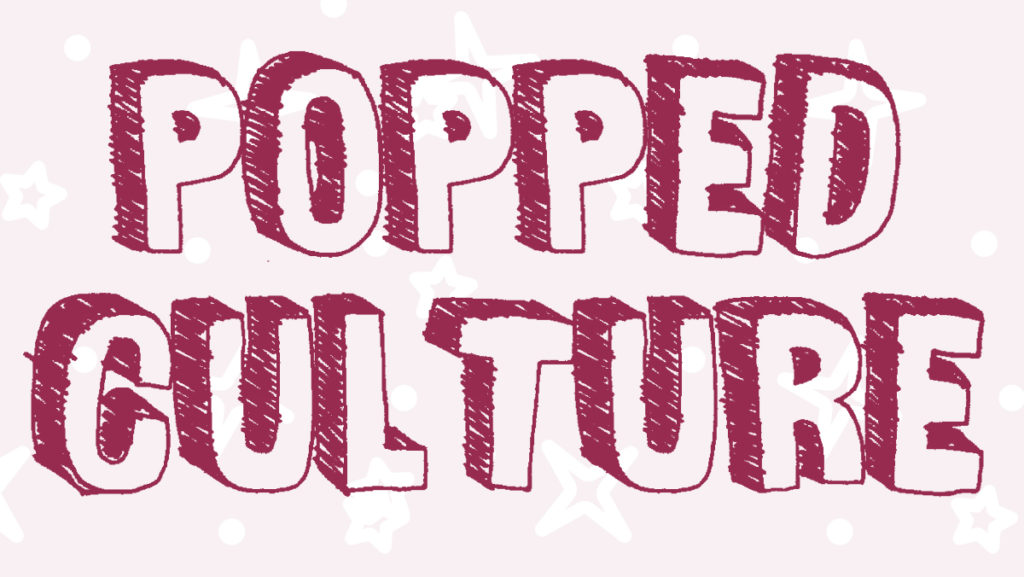One thing that never goes out of style is nostalgia. With the start of the 2020s, a brand new wave of nostalgia — especially ’80s, ’90s, 2000s–based products — have hit the music and fashion world.
In a decade of uncertainty with political unrest and most obviously, the COVID-19 pandemic, like a blanket, nostalgia provided a comfortable space for society to exist during the tumultuous time.
The Western world’s current fashion scene has taken on many Y2K elements. These elements revolve around fashion pieces and styles that are dated before the start of the 21st century. Inspiration from older technology like space elements are seen in the clothing, including tinfoil-like, shiny material used on some statement pieces that seem reminiscent of space ships. Classic Y2K elements are seen on the runway and on the streets like sequins, denim and the use of different patterns and colors. Y2K blends vintage with the gradual uptick of technology that was happening at the start of the 2000s.
In the realm of celebrity Y2K fashion and ’90s fashion have taken over red carpets with mixed patterns and cutouts being highlighted. At this year’s VMA Awards, which occurred on Sept. 12, many celebrities’ outfits featured nostalgic elements. For example, model Emily Ratajkoski, wore a green dress with cutouts and a skirt featuring designs in peach, orange and black. The colorful piece is a vintage piece from brand Jean Paul Gaultier. Singer-songwriter and actress Chloe Bailey wore a dress that appeared to be made up of strips of denim. This dress was featured in the Roberto Cavalli’s Fall-Winter 2023 Ready-To-Wear collection, putting emphasis on the common use of denim in the early ’00s. Bailey’s dress might ignite memories of the iconic 2001 American Music Awards denim dress that Britney Spears wore.
These bold ’90s and ’00s fashion trends not only remind many young adults of their youth, but they also allow celebrities and everyday individuals to stand out and make an impression on people.
What a person sees is not always all they get, as music is oozing with nostalgia. At the start of the 2020s, in the midst of societal tension from the pandemic and political disputes, power ballads and dance-music took over the world, both of which were popular in the ’80s and ’90s. Although prevalent in the 2010s, power ballads came back to center stage in the early 2020s, overtaking EDM and trap-pop in cultural popularity. These songs provided an outlet for emotional expression.
For instance, In 2021, “Easy on Me” by Adele and “Drivers License” by Olivia Rodrigo were two sonic staples in the music world, using piano and vocally climactic bridges to emulate emotions. Adele’s effort especially sounds reminiscent of a Mariah Carey ballad from the ’90s. Both of these tracks topped the Billboard Hot 100 Chart.
Disco and dance-pop took over the musical scene during 2020 and 2021, including Dua Lipa’s sophomore album, fittingly titled “Future Nostalgia.” Its subsequent singles included ’80s influenced “Levitating,” which was the best performing single song of 2021 on the Hot 100 and became the single by a woman with the longest-chart run ever.
The Weeknd also contributed to this trend with his popular hit “Blinding Lights” from his 2020 album infused with ’80s style synths, “After Hours.” The song became the number one song of 2020. At the peak of the pandemic’s effect on society, the album’s upbeat lyrics and production provided a means of temporary escapism from the trauma.
This happening shined light on a common trend of reflecting on the past during difficult periods of time. For instance, in 1939 near the conclusion of the Great Depression, a survey question by Gallup found that 62% of Americans thought that the horse-and-buggy days of the past were a better lifestyle.
The fond times typically associated with a person’s youth or with periods of the past that a person deems as golden and impactful enhances the grasping power of nostalgia. This makes products and art that remind someone of their past appear comforting, as something that should be a staple in their life.
As many younger millennials and people in Generation Z face growing pains as they transform into older and young adults respectively, they find comfort in their childhoods as a way to cope. As people born in the 1990s and early 2000s crave that respite, it makes sense that the ’90s and ’00s are rising in popularity, along with hints from the ’80s, which most likely was a part of the nostalgic material they interacted with when they were kids. Furthermore, people’s desire to recreate the “good old days” can inspire increased empathy for others and can foster greater connection with those born in the same generations or similar time to oneself. This reality was seen especially during COVID-19 but is applicable at any time.
While nostalgia has the power to unite much of humanity, it also has the opportunity to isolate others. Those who have had negative experiences that occurred within the range of that time period that is currently being lusted after can feel confused and off put by widespread well regard for said time period. Likewise, the phenomenon can foster anxiety for the future and what changes might come with it, titled anticipatory nostalgia. Nostalgia can also cause sadness and be used as a means of avoiding issues in a person’s current life.
A person allowing themself the feeling of nostalgia — if utilized to a healthy degree — can be a means of grounding an individual or as an outlet of creativity and expression. On the other hand, when a person uses the memories from their past or of times they regard fondly as a crutch to “protect” themselves from unwanted change, they will miss out on the ever-changing, wonderful, horrible realities of the present. In short, they miss out on life.














